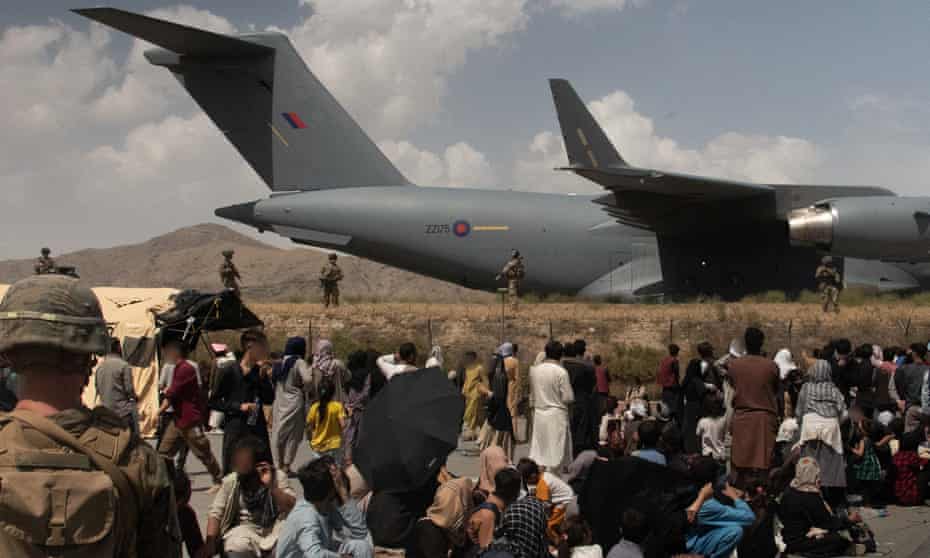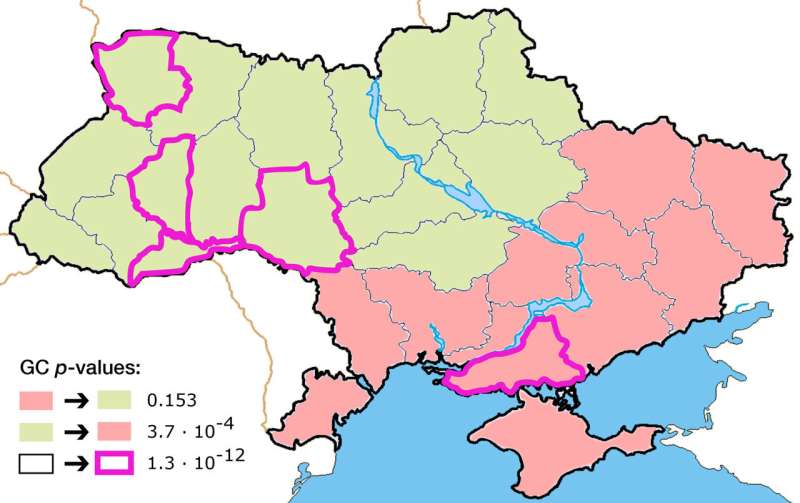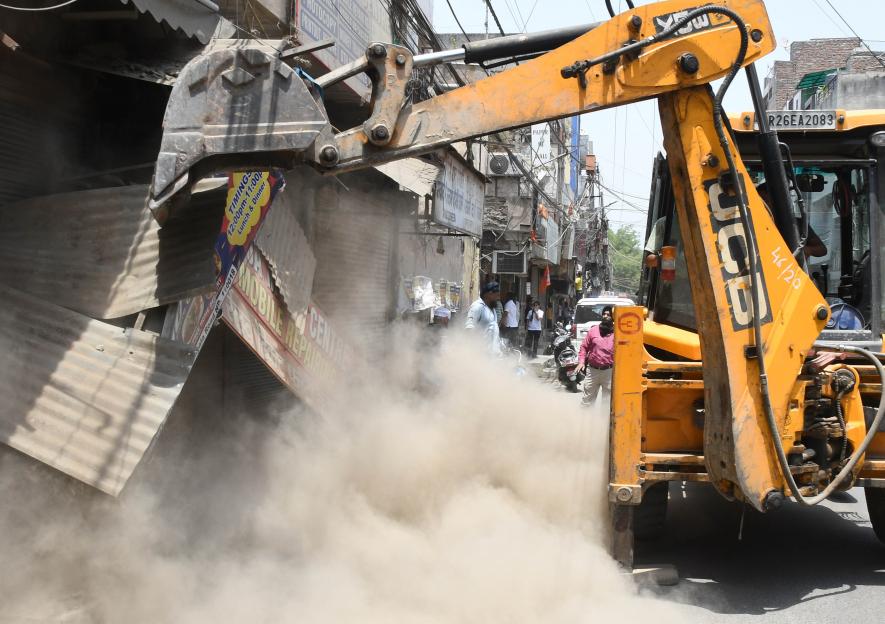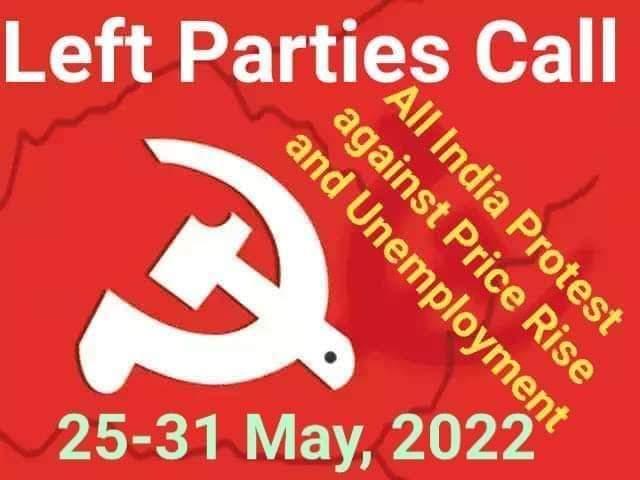
Eletrobras privatization plan wins approval from Brazil court.
Published 21 May 2022

Brazil's government will sell Latin America's largest electric company. The Court of Auditors gave the green light to reduce the state's stake in the energy company from 72 percent to 45 percent.
Jair Bolsonaro's government is heading towards its first major privatization of a state-owned company with the recent decision of Brazil's Court of Auditors that gave the go-ahead to reduce from 72 percent to 45 percent the state's stake in Brazil's Eletrobras.
RELATED:
Bolsonaro Ignored 97% Of Deforestation Warnings: MapBiomas
The Brazilian president expects the privatization to be completed before the October elections.
Eletrobras is the largest electricity company in the region and in the coming months will become the first state-owned company to be sold by the Bolsonaro administration.
Brazil's Union Court of Accounts (TCU) endorsed the privatization of the energy giant. The body in charge of auditing the State's accounts will allow the sale to take place between mid-June and mid-August, a few months before the elections in which the current president is expected to run for president.
Judge Ana Arraes, president of the TCU, indicated that the proposal obtained seven votes in favor and one against after more than four hours of debate. The only magistrate who voted against was Vital do Rego, who in April asked to postpone the process to consult with specialists because he assured that Eletrobras would be offered for a much lower value than it has.
The members of the court remarked that despite the approval, the Ministry of Mines and Energy and the National Bank for Economic and Social Development (BNDES) must comply with the TCU's recommendations in order to move forward with the sale.
The privatization of Eletrobras had already been approved by the Brazilian Congress in mid-2021. It will be carried out through capitalization with the issuance of new shares that will reduce the State's participation from the current 72 percent to 45 percent. Brazil will maintain its veto power over strategic decisions in the company which generates a third of the country's energy.
Former President Lula da Silva, a favorite in the polls to succeed Bolsonaro, had expressed himself against privatizing the power company. "Without a public Eletrobras, Brazil loses much of its energy sovereignty and security. Electricity bills will be even more expensive. Only those who do not know how to govern try to sell strategic companies, even more so by rushing to sell in liquidation", said the leftist leader.
The state-owned company was founded in 1962 and has almost half of the electricity transmission lines in the country, with more than 70 thousand kilometers of power lines and the capacity to generate some 50 thousand megawatts (MW).
The Government expects to raise up to 67 billion reais (13.5 billion dollars at the current exchange rate), 25 billion of which will go to the Treasury, while the rest will be destined to public programs for tariff reduction and development, according to experts' estimates.


 Armed Forces personnel evacuated more than 15,000 people from Afghanistan in August 2021
Armed Forces personnel evacuated more than 15,000 people from Afghanistan in August 2021









